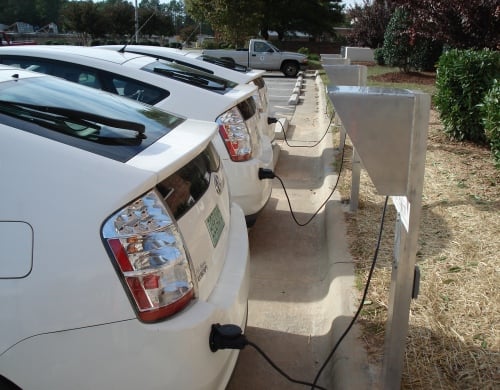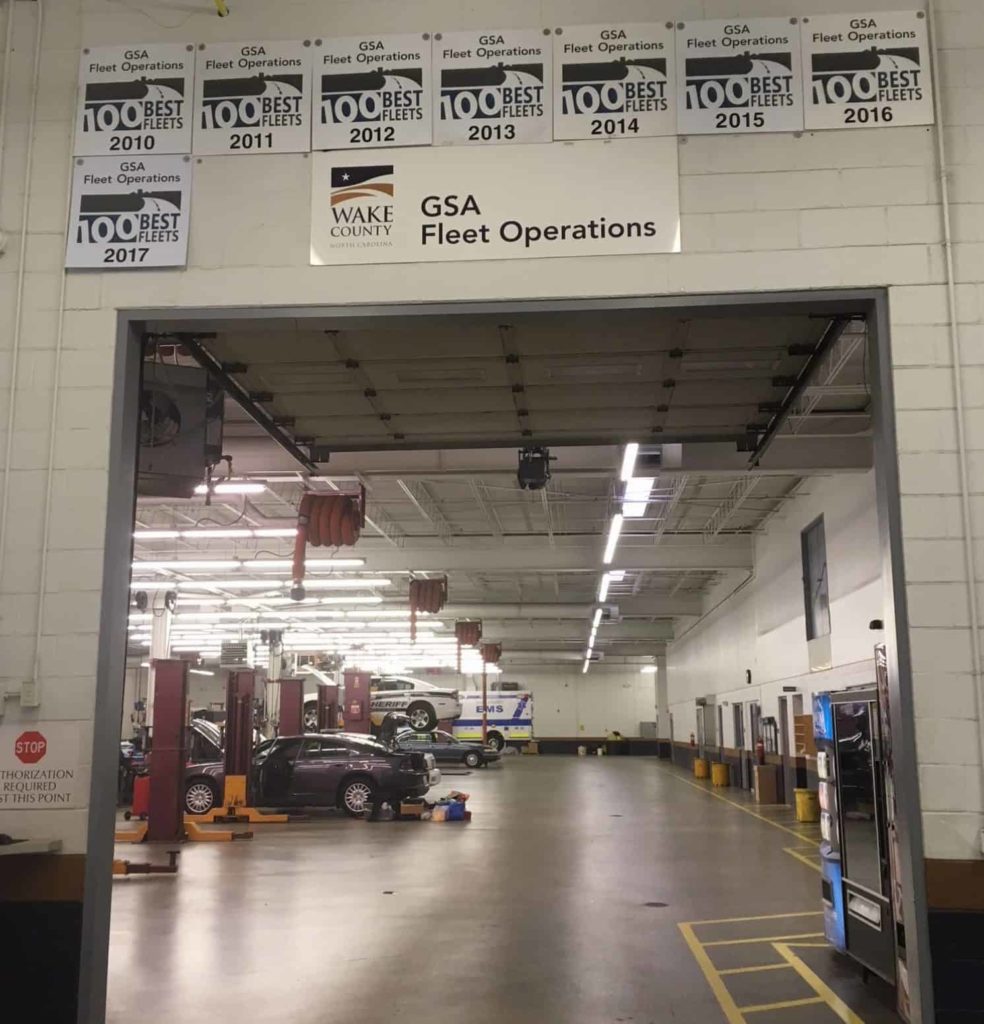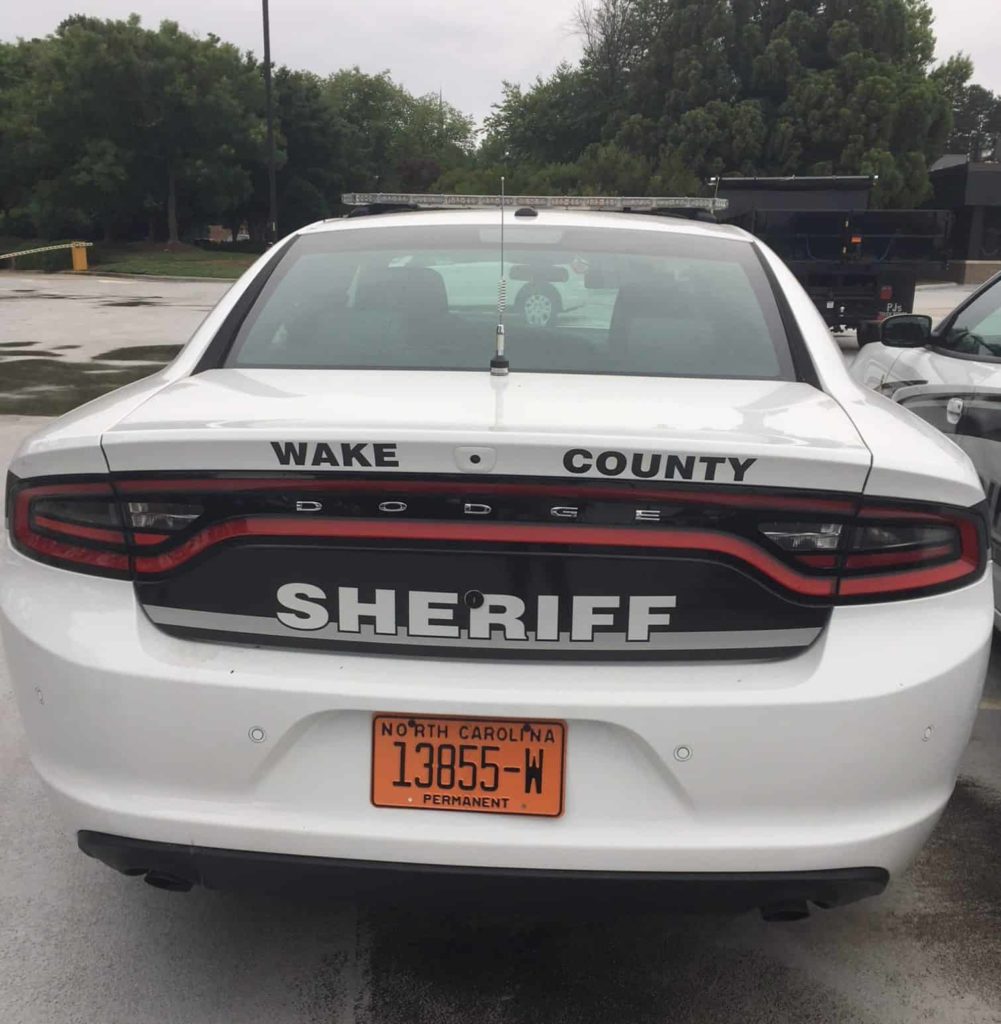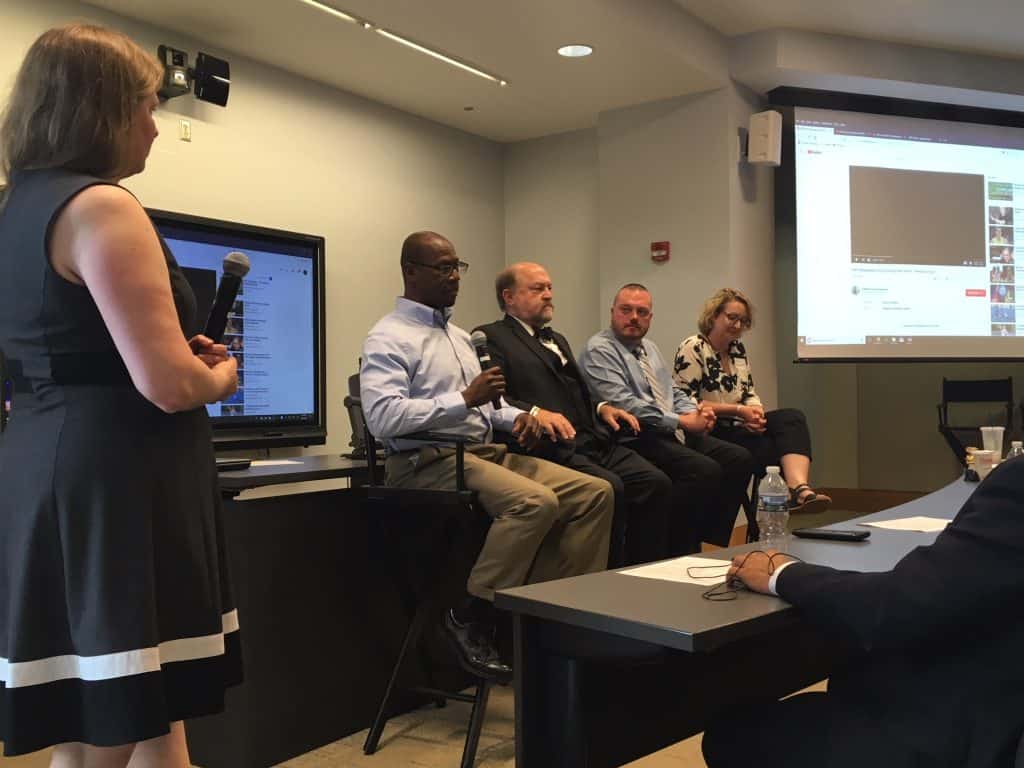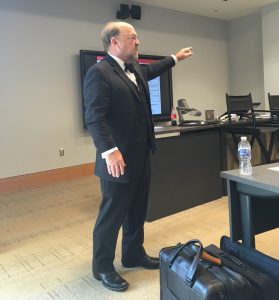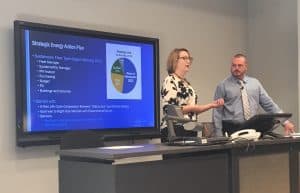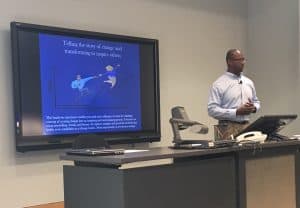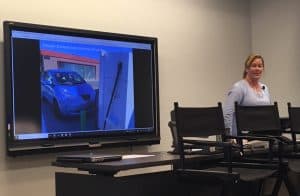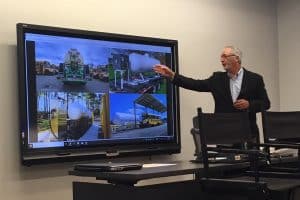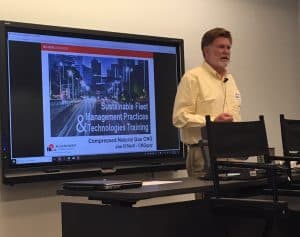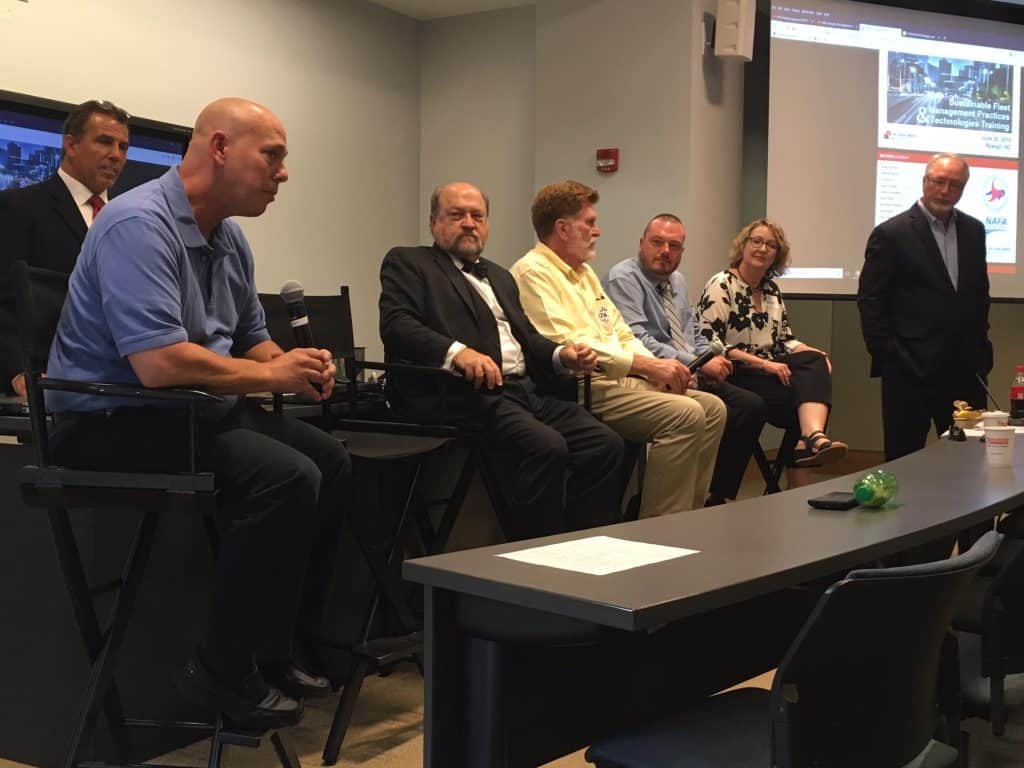Did you miss the 2018 Sustainable Fleet Technology Conference, miss a breakout session, or want to view one of the speaker presentations again? Check out a compiled list of Powerpoint presentations from the conference below! (Not all are included.)
KEYNOTES & PLENARY PANELS
PLENARY PANEL, VW SETTLEMENT
-
Joe Annotti, GNA, VW Settlement Plans & State Action (PDF)
- Mike Abraczinkas, NC Dept of Environmental Quality, Volkswagen Settlement Mitigation Plan (PDF)
- Debbie Swartz, Michigan Dept of Environmental Quality, Stakeholder Engagement: Volkswagen Settlement Beneficiary Mitigation Plans (PDF)
- Alexa Voytek, TN Dept of Environment & Conservation, Volkswagen Settlement: The State of Tennessee’s Proposed Beneficiary Mitigation Plan (PDF)
-
CONNECTED FLEETS
II: SMART MOBILITY & AUTONOMOUS VEHICLES
This panel looked at the ways in which autonomous vehicles can help to improve mobility. Panelists discussed how autonomous vehicles can integrate with public transit and mobility solutions.
- Dr. Abdollah Homaifar, NC A&T TECHLAV, An Overview of Research Development at the Autonomous Control & Information Technology Institute (ACIT) at NC A&T State University (PDF)
III: MANAGING FOR FLEET EFFICIENCY
Experienced fleet managers discussed the ways that they use date and telematics to improve the efficiency of their fleets. Learn how they are improving safety and reducing fuel use.
- Al Curtis, Cobb County, GA, Cobb County Fleet Management Overview (PDF)
- Scott McIver, City of Greenville, SC, Fleet Sustainability: City of Greenville (PDF)
-
ALTERNATIVE FUEL SOLUTIONS
I: ELECTRIC VEHICLES
Find out about best practices, lessons learned, and analytic tools to assist you in successful EV deployment including vehicle options, training, communication, and charging infrastructure strategies.
- Chris Facente, UNC-Charlotte, UNC-Charlotte Fleet Study (PDF)
- Ben Prochazka, Electrification Coalition, Opportunities to Accelerate: Public Sector EV Fleet Transition (PDF)
- Jesse Way, Northeast States for Coordinated Air Use Management (NESCAUM), Light-Duty Fleets and the ZEV Action Plan (PDF)
II: PROPANE
Learn about propane as a transportation fuel with an overview of deployment considerations and best practices, vehicle options, applications, and technology advancements.
- Kim Angel, Macon County (NC) Public Transit, Alternative Fuel Solutions – Propane – A Rural Perspective (PDF)
- Jonathan Overly, TN Clean Fuels – Clarksville-Montgomery Co School System, Propane School Buses: What Can They Do For You? (PDF)
- Albert Venezio, ICOM, ICOM Alternative Fuel Systems (PDF)
- Greg Zilberfarb, PERC, AutoGas Answers: Your Fleet Fueling Needs (PDF)
III: BIOFUELS
Dispel the myths related to biofuels and deployment. Understand their benefits, ease of use, and how to secure them as an option to meet your fleet sustainability efforts.
- Chris Facente, UNC-Charlotte, Sustainable Campus Fleet: Bio Fuels (PDF)
- Andrew Greenberg, Protec Fuel, Fueling Best Practices: Cutting Costs and Optimizing Logistics (PDF)
- Troy Shoen, REG, Advantages of Switching to Biodiesel (PDF)
IV: NATURAL GAS
An overview of natural gas a transportation fuel option including trends and technology advances, benefits, best practices, lessons learned, and real world success stories.
- Bill Boyce, Cummins Westport, Move to Zero (PDF)
- Amanda Fairley, Waste Management, CNG Fleet Conversion (PDF)
- Brad Reed, Ingevity, Adsorbed Natural Gas (PDF)
- Charles Silio, Agility Fuel Systems, CNG Fuel Storage Systems (PDF)
- Stephe Yborra, Yborra & Associates, The Case for NGVs: Clean, Proven, Cost-Effective Solutions Available Today (PDF)
TRACK C – DEPLOYMENT & LESSONS LEARNED
I: SOLUTIONS FOR PORT & FREIGHT
Learn about the work that freight haulers, heavy duty vehicles, and port operators are doing to make reductions in pollution emissions and to improve efficiency.
- Daniel Gage, NGVAmerica, 4 Key Things to Know About Natural Gas in Transportation (PDF)
- Heather Tomley, Port of Long Beach, Solutions for Port & Freight: Opportunities for New, Cleaner Technologies (PDF)
- David Schaller, North American Council for Freight Efficiency (NACFE), Lessons Learned for Truck Freight (PDF)
II: LOCAL & STATE POLICIES
This panel delivered updates and insights from the US DOE Clean Cities, state level legislation and regulatory entities, national and regional initiatives for promoting clean vehicles, and using data to prioritize emission reduction activities.
- Barry Carr, Fleets For the Future, Fleets for the Future Clean Cities (PDF)
- Allison Carr, NC Clean Energy Technology Center, The 50 States of Electric Vehicles Overview (PDF)
- Chris Frey, NC State University, Verifying Real-World Emission Impacts of Sustainable Transport Technologies (PDF)
- Trev Hall, US DOE Clean Cities, Policies, People, Partnerships (PDF)
III: SUSTAINABLE GARAGE & FACILITY OPERATIONS
This panel featured leaders who presented how fleet maintenance shops and garages are another realm where we can reduce emissions, prevent pollution, recycle, and reduce waste.
- Jeff Allen, HUBB Filters, Achieving Sustainability: Reduce Spend and Improving our Environment (PDF)
- Thomas Kuryla, Wake County, Wake County Fleet Operations (PDF)
IV: IDLE REDUCTION
Learn about the technologies and resources available to reduce idling and idle emissions. Presenters shared various technologies while discussing the cost savings, emission reductions, and maintenance benefits.
- Mark Ferri, Viatec, Elegant, Cost-Effective, Energy Efficient Hybrid & Electric Solutions for Today (PDF)
- Charlie Mahoney, Derive Systems, Next Generation Technology (PDF)
- Rick Sapienza, NC Clean Energy Technology Center, Idle Reduction for Fleet Sustainability (PDF)
Learn more about the Sustainable Fleet Technology Conference & Expo at www.sustainablefleetexpo.com!

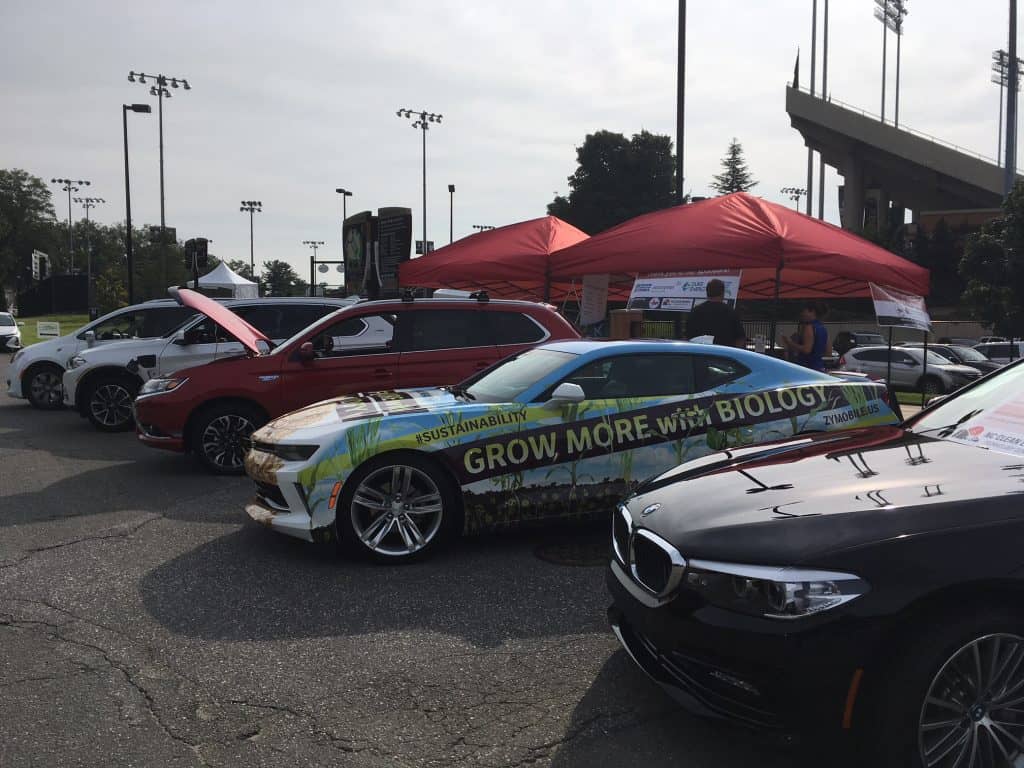
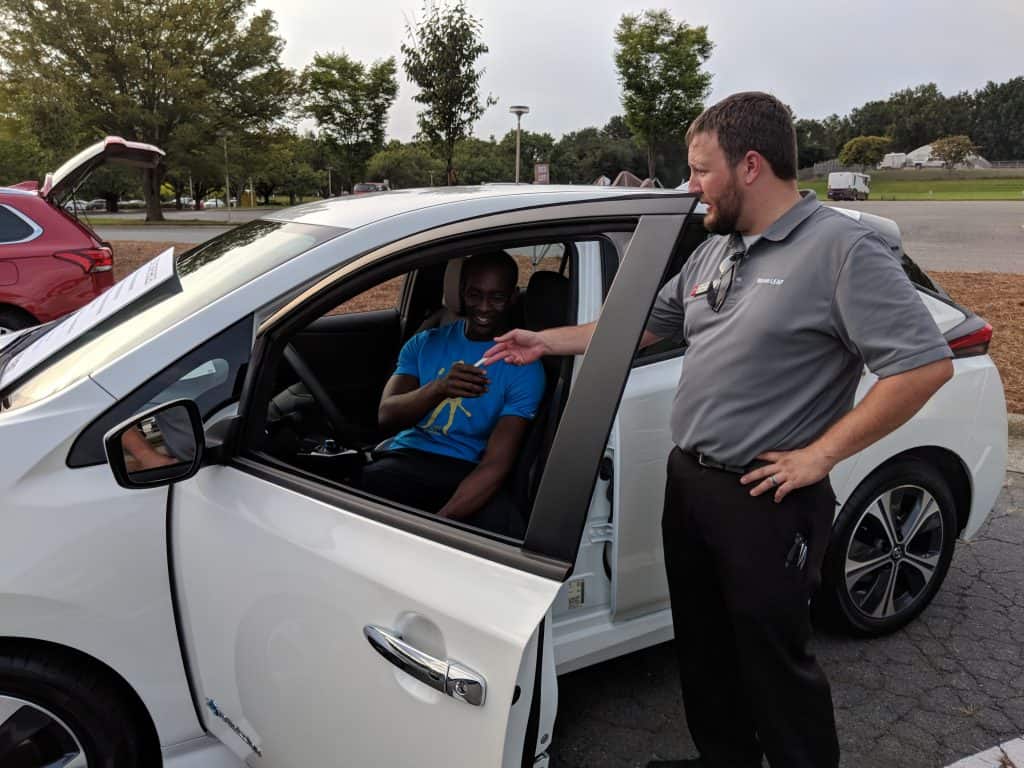
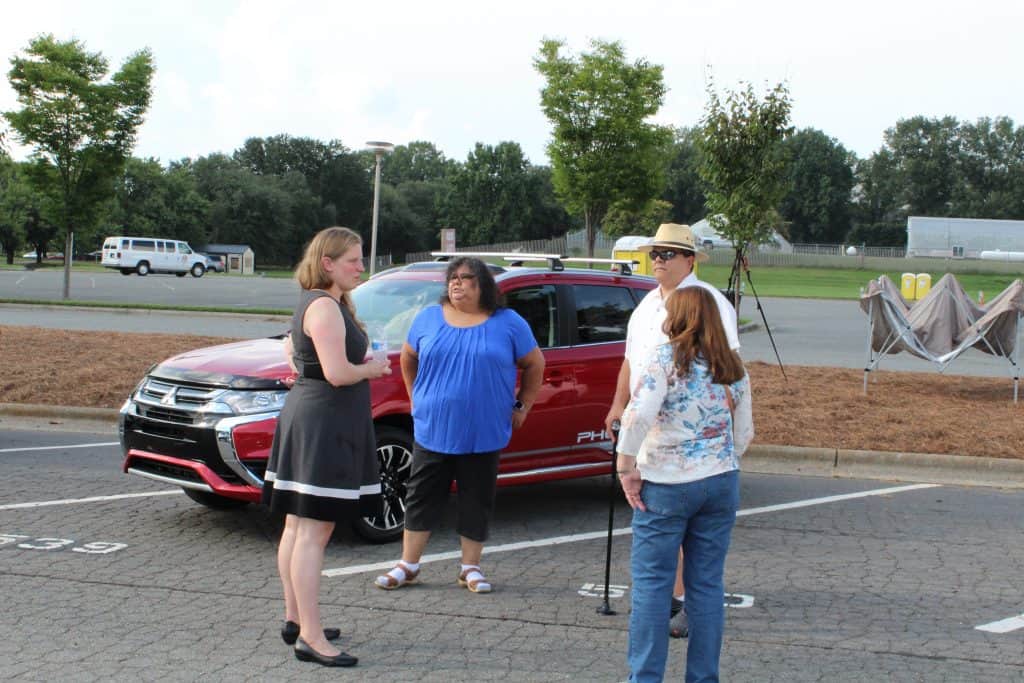
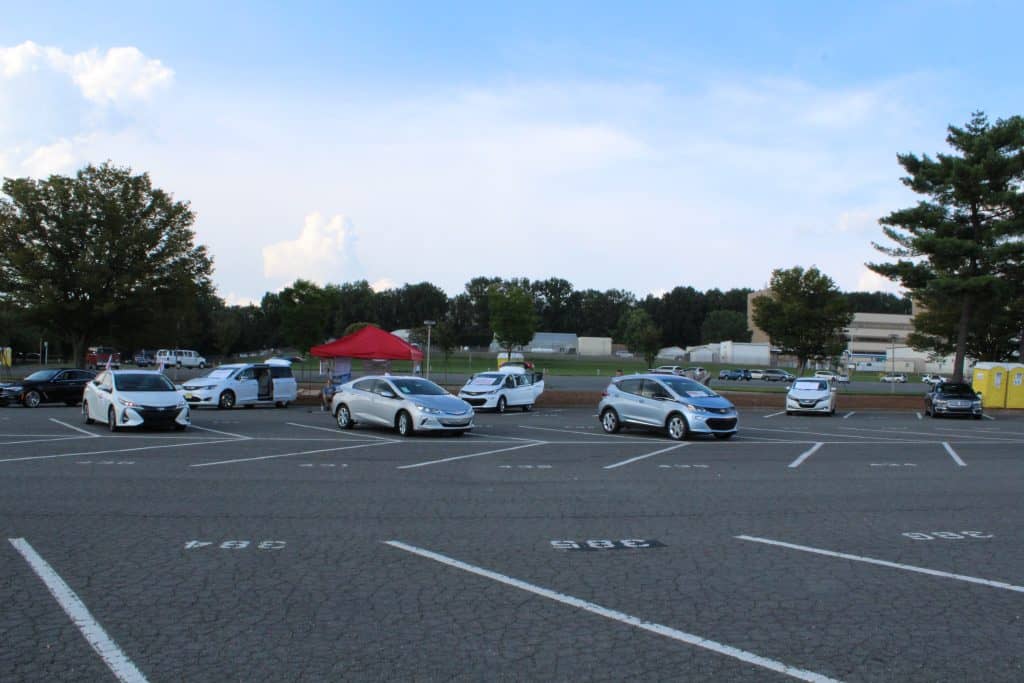
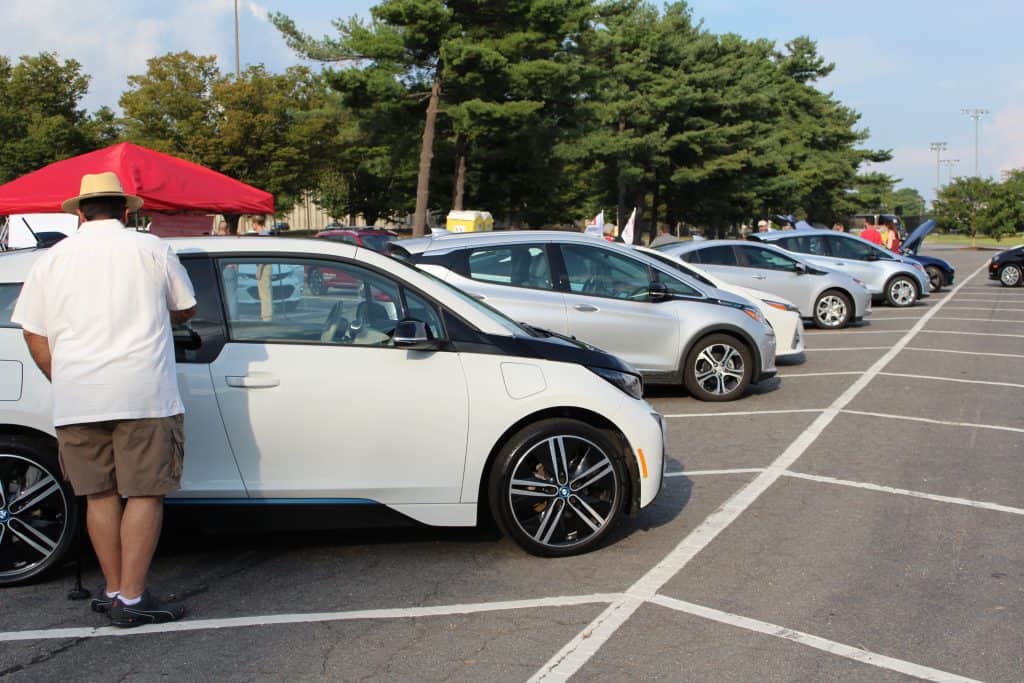
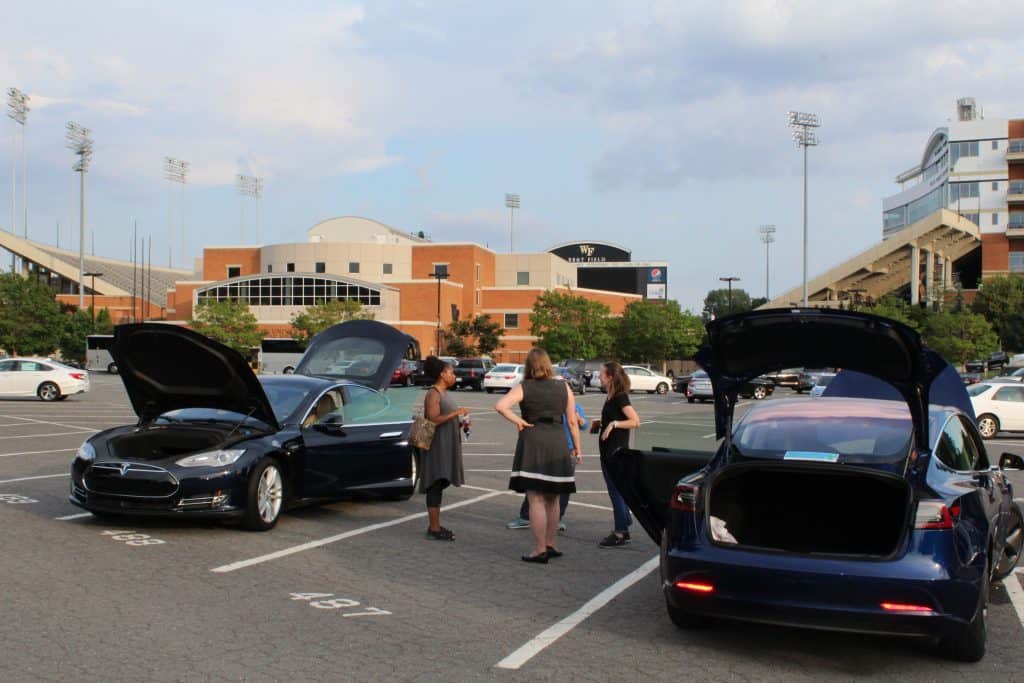
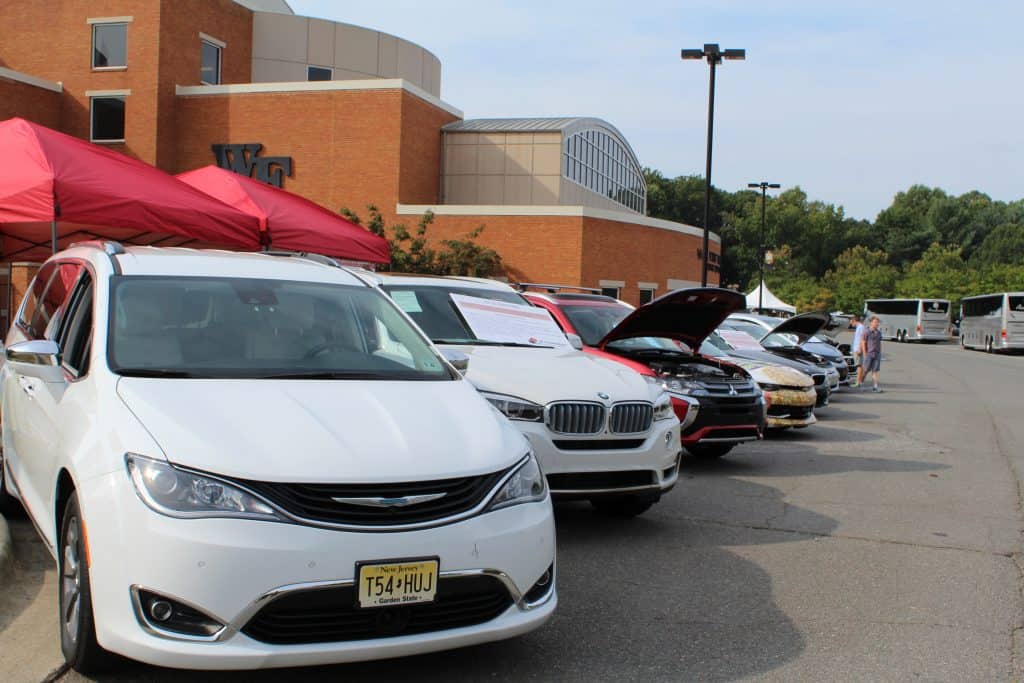
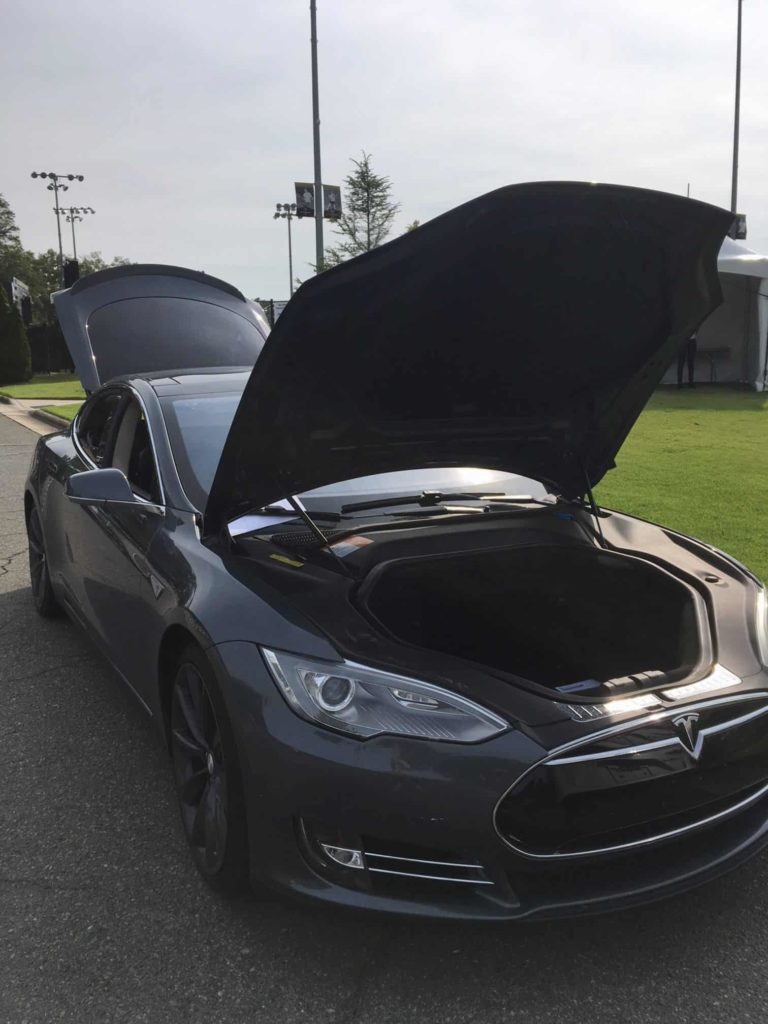
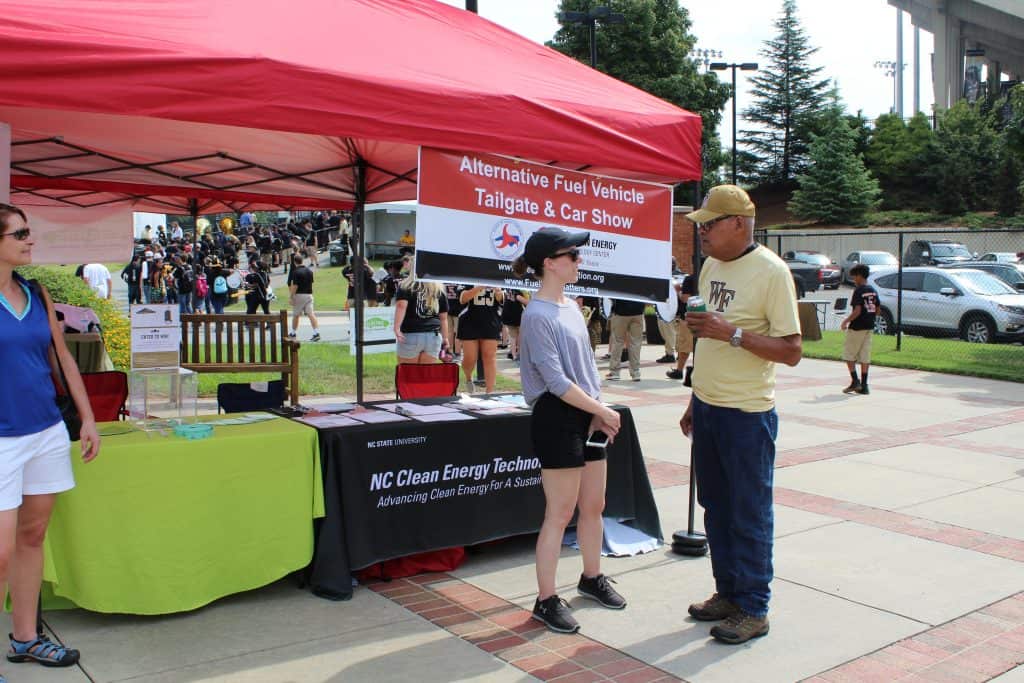
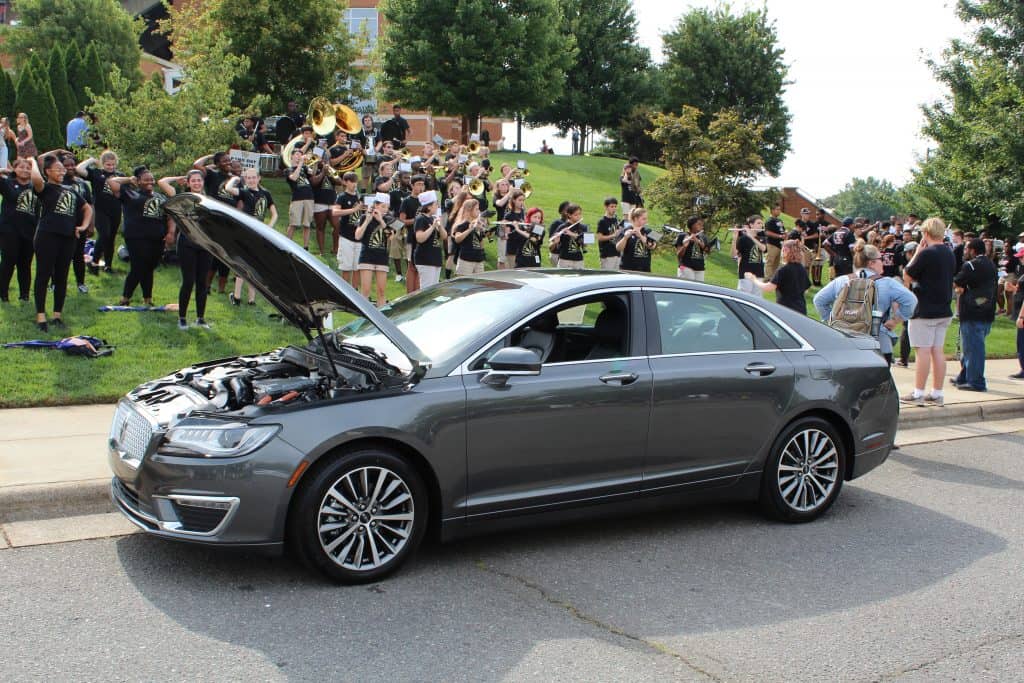
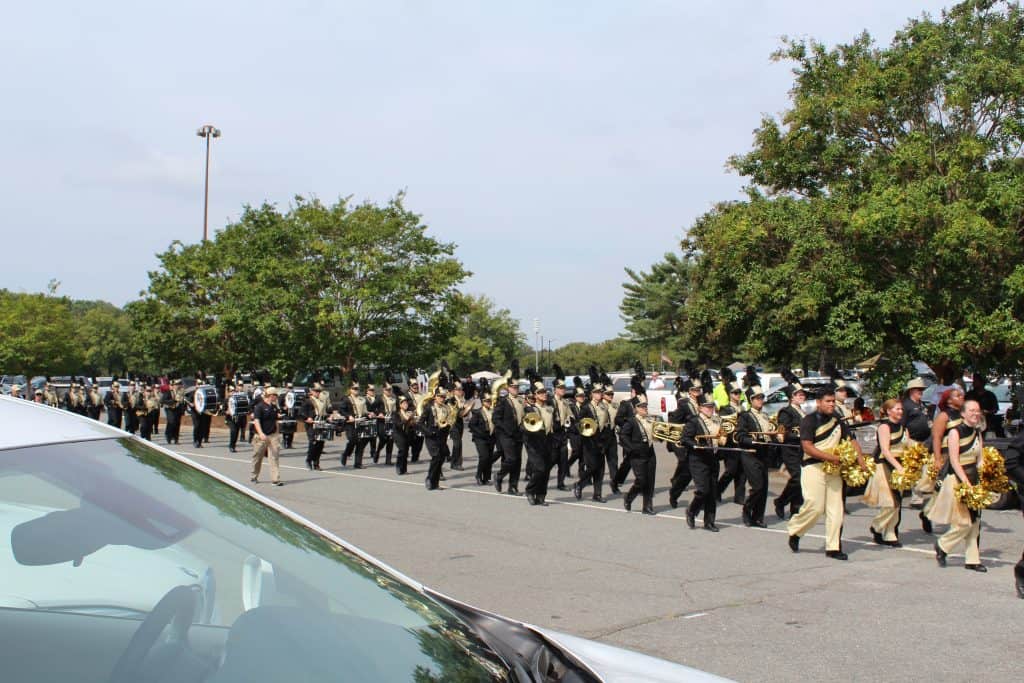



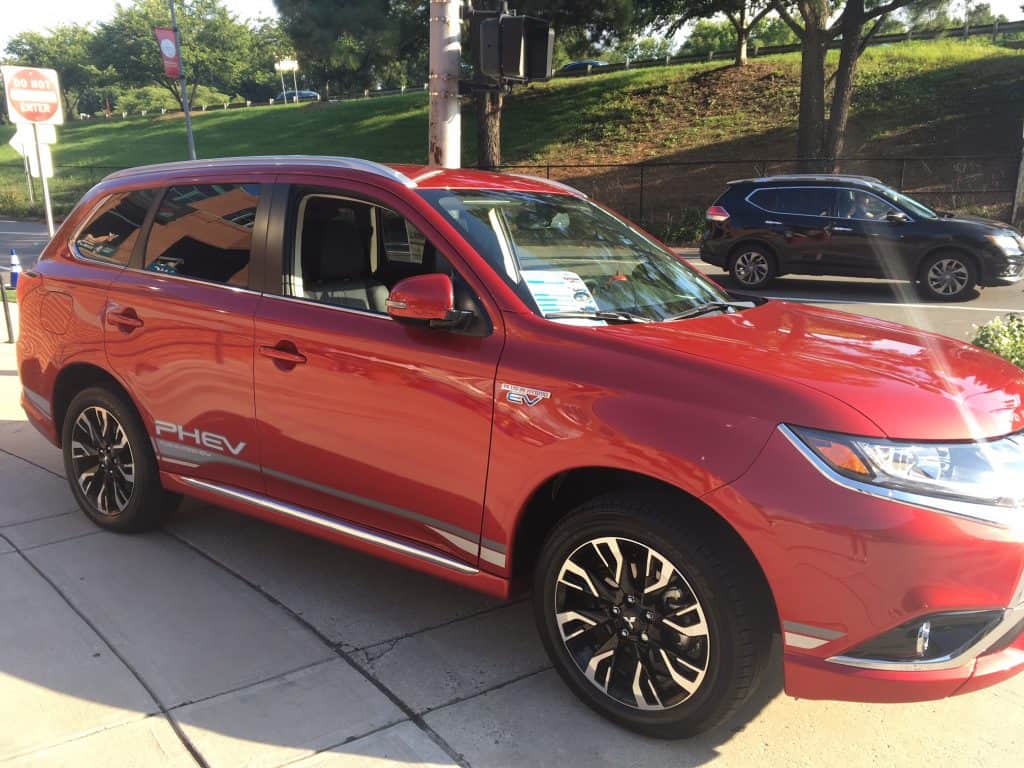
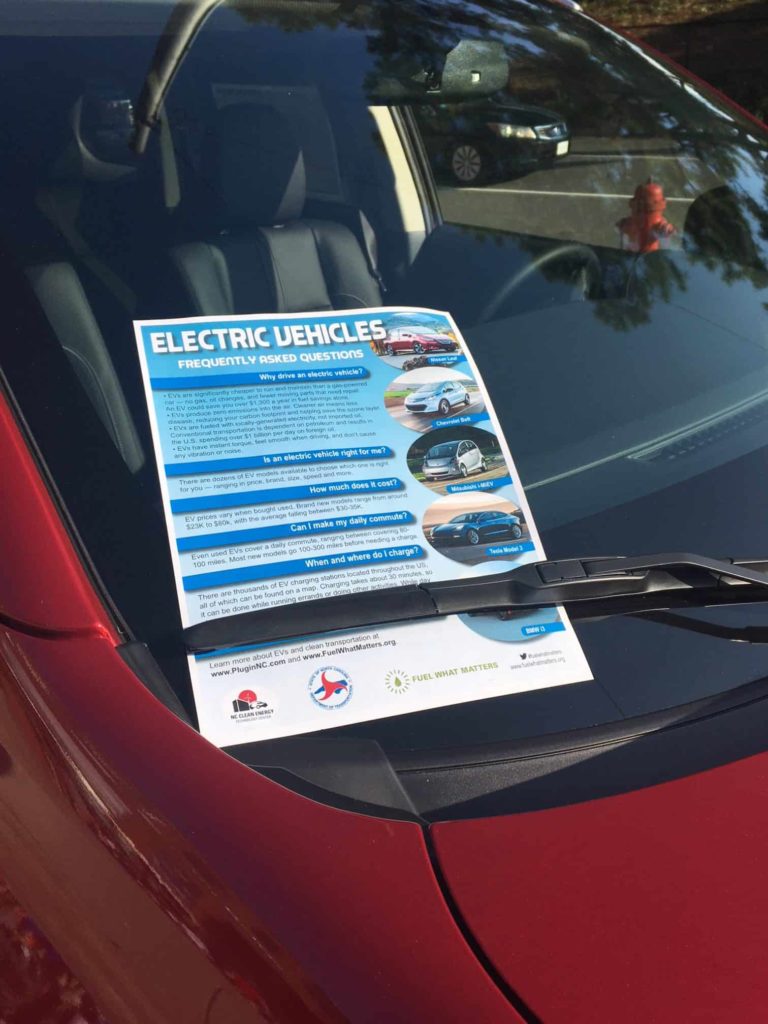




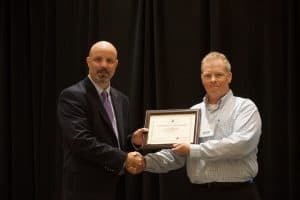
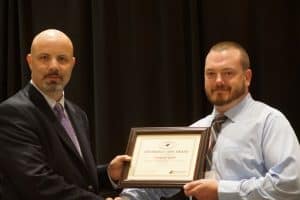
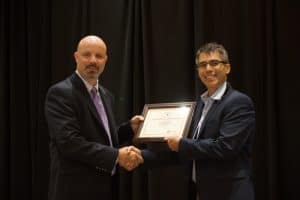
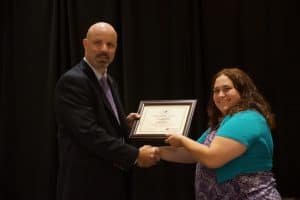
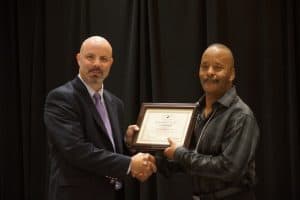
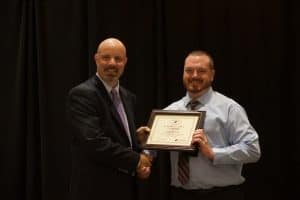
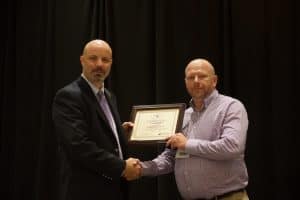
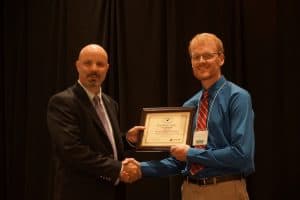

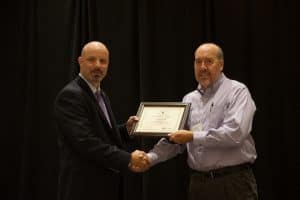
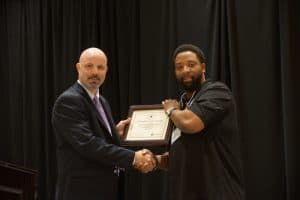
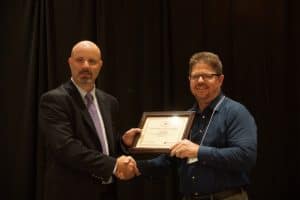
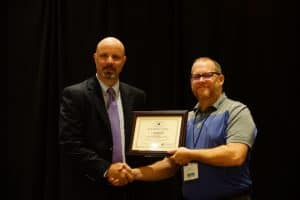
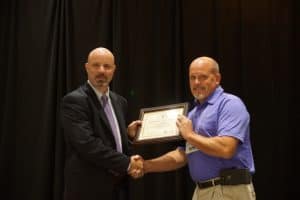
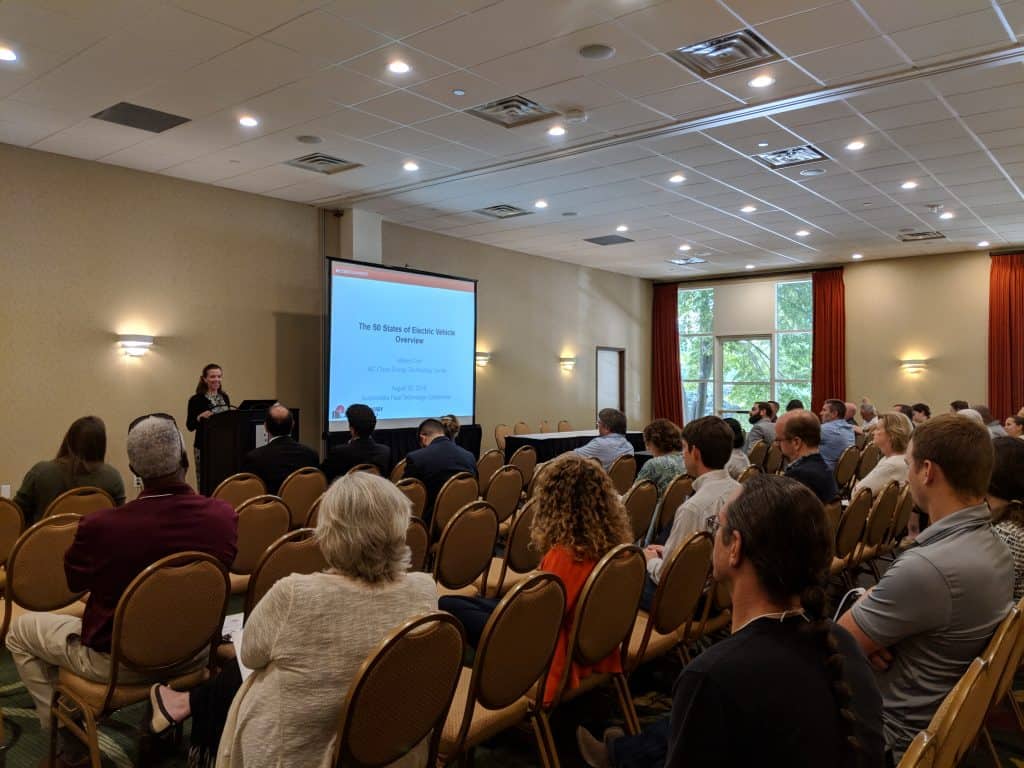
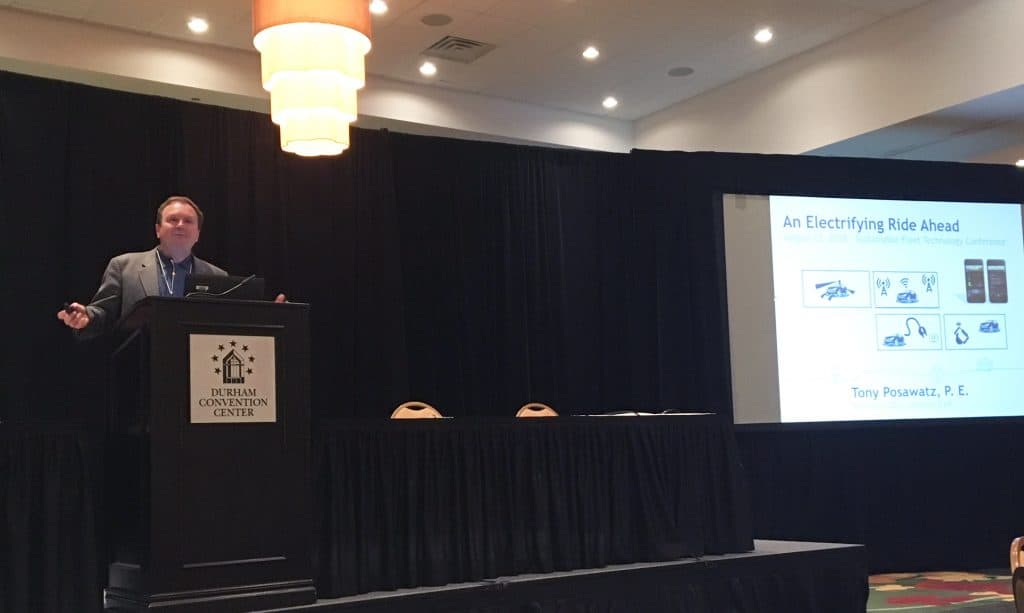
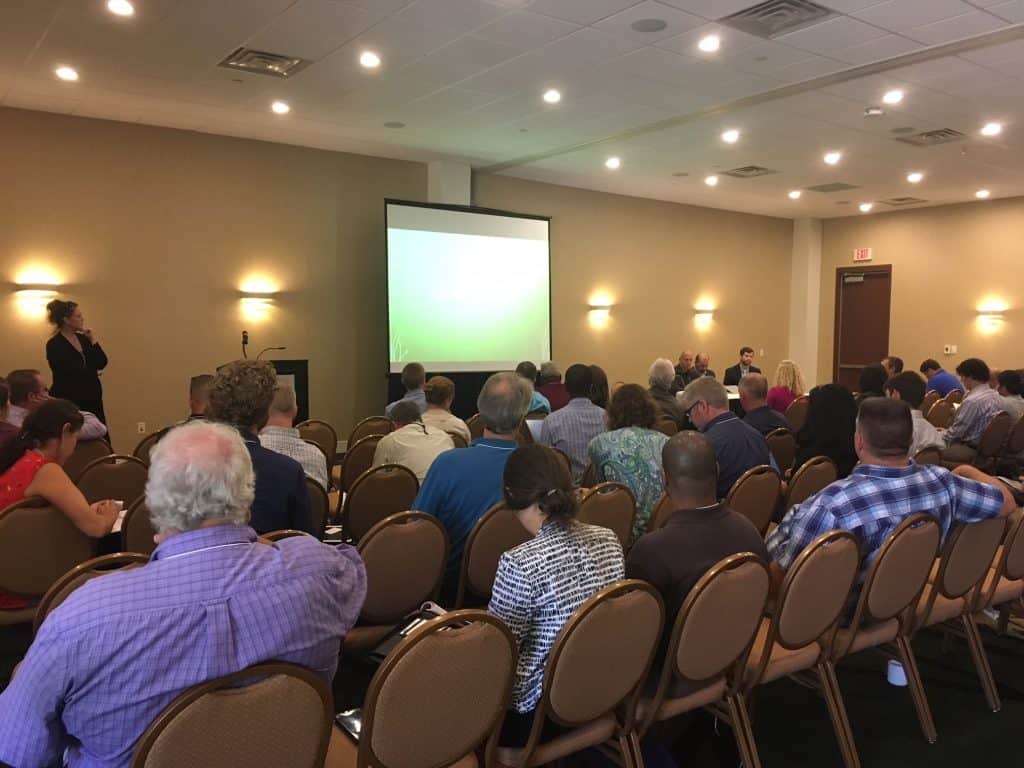
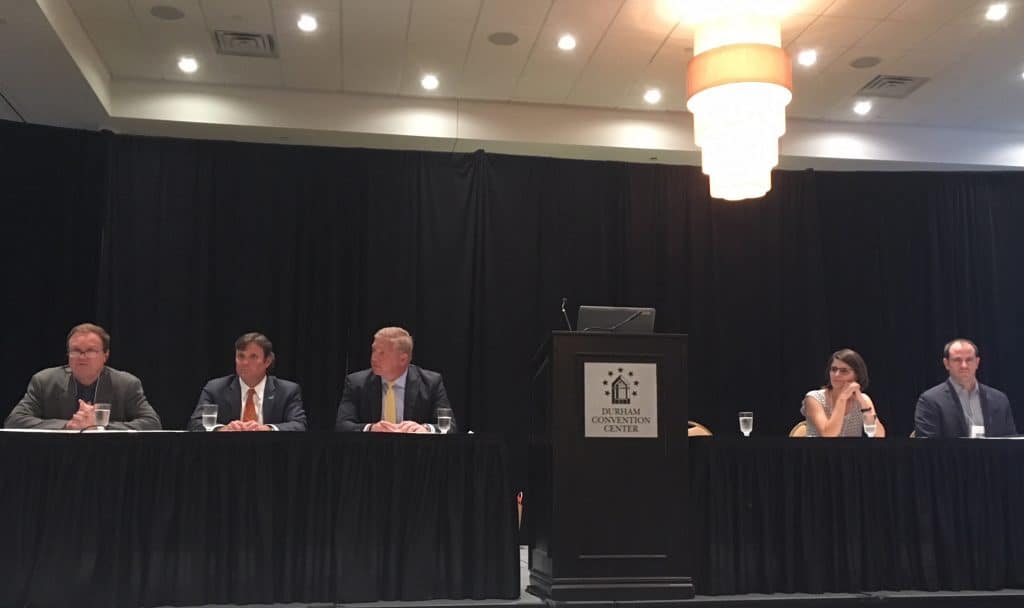
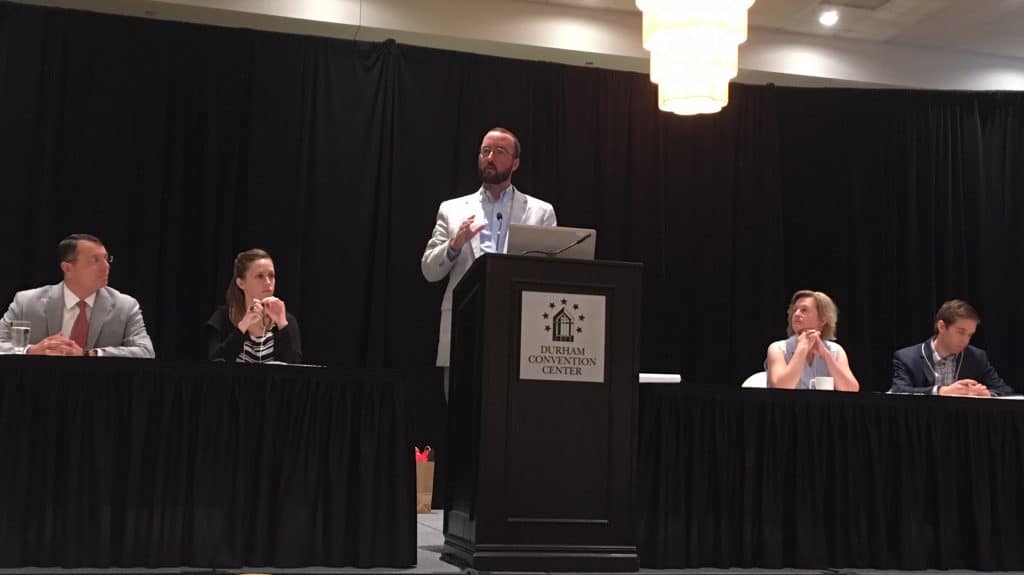
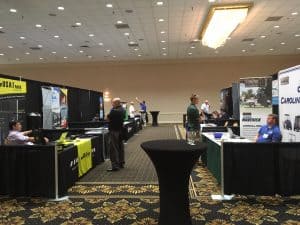
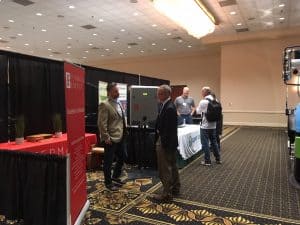
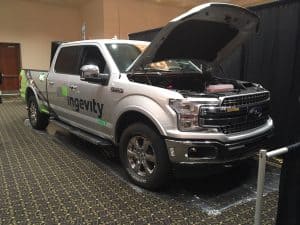
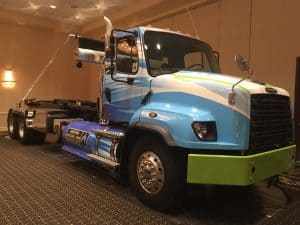 “The conference was a great success,” said Rick Sapienza, Clean Transportation Director at NCCETC. ” It brought together transportation professionals to exchange ideas on clean transportation technologies with a good mix of what is working today, and strategic thought-provoking discussion to consider and prepare for what might be coming
“The conference was a great success,” said Rick Sapienza, Clean Transportation Director at NCCETC. ” It brought together transportation professionals to exchange ideas on clean transportation technologies with a good mix of what is working today, and strategic thought-provoking discussion to consider and prepare for what might be coming 
